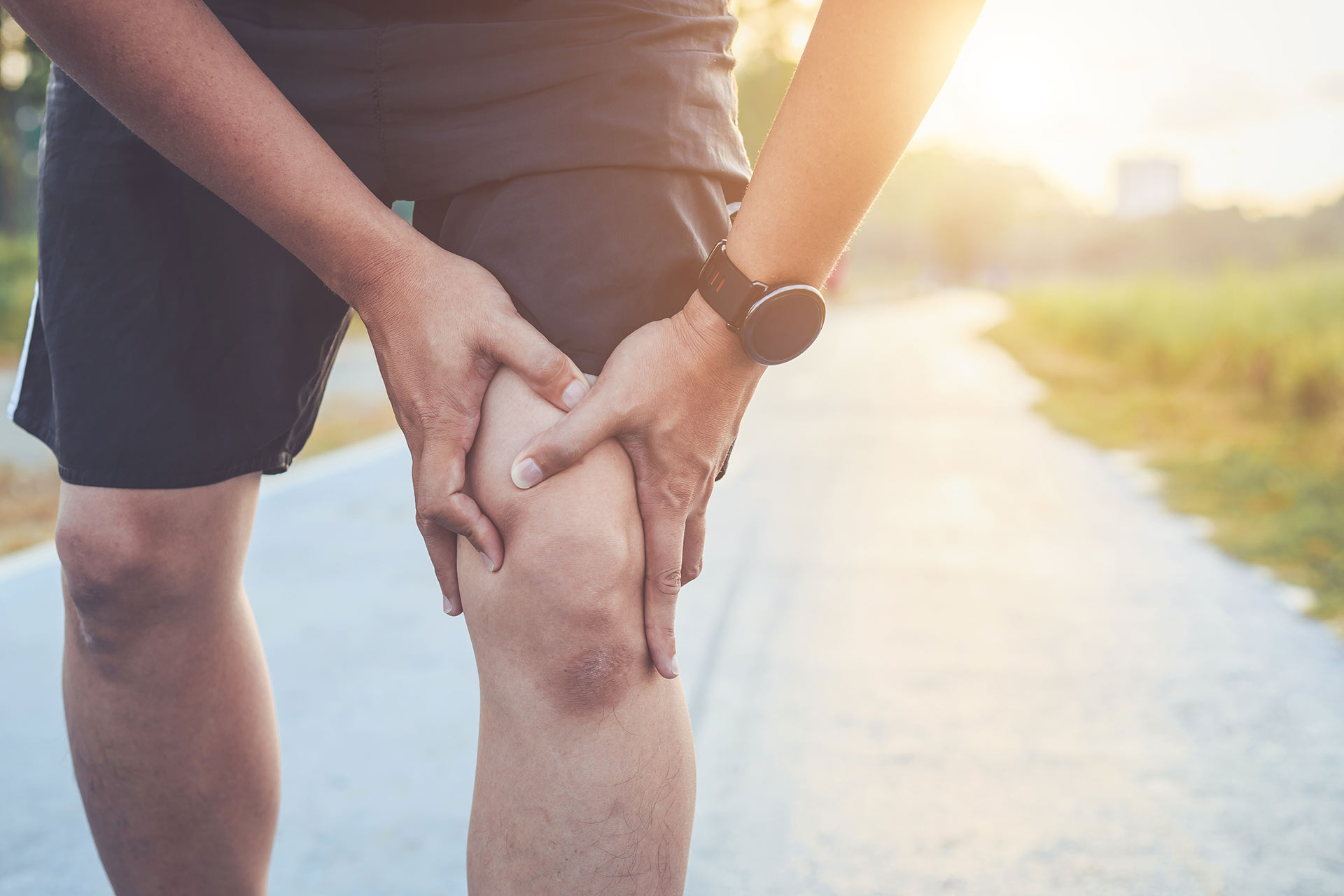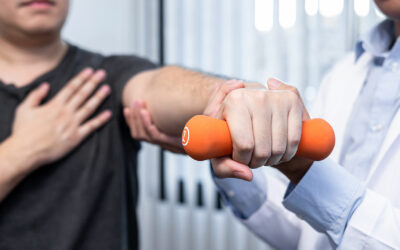According medical professionals, knee injuries are “are a significant public health issue” increasing among kids and teens.
Not all knee injuries are acute injuries that result from hurting your knee or forceful disjointing of the knee joint. Some knee injuries are a result of arthritis, gout, or even overexertion of the knee. Regardless of the knee injury, you can always prevent it and save you a lot of pain and medical expenses too.
In this post, we’ll be highlighting common knee injuries you should be aware of. We’ll also be looking at ways you can prevent these injuries for strong and healthy knee joints.
1) KEEN FRACTURES
Fractures are among the most common types of knee injuries because they’re so many ways you can fracture your knee. The most common way of getting a knee fracture, however, is by falling knee first or when involved in an accident.
A knee fracture occurs when you break any bone of the knee or the knee cap. Knee fractures are common with people who have osteoporosis. That’s because their bones become so weak that they can’t withstand typical shock impact.
2) TORN MENISCUS
You can tear your meniscus when you engage your knee in extremely strenuous activities or when you twist your knee. You can think of the meniscus as cartilage that absorbs shock between the shin and thigh bone. Overexertion and sudden twists of the knee may tear the meniscus.
3) DISLOCATED KNEECAP
You probably already know what a kneecap is and where it’s located. Your knee cap dislocates when there’s a sudden impact from the heel, for instance, when you land on the ground. When your kneecap dislocates, it also supports the tissues that support them.
Fortunately, a dislocated kneecap is a minor injury that should resolve in about six weeks. However, you have to good care of your dislocated kneecap for it to heal fast.
4) KNEE BURSITIS
Knee joints have small sacs filled with fluids. These fluid sacs are known as bursae, and they act as cushioning for the knee joints. Repeated pressure from kneeling and other exerting activities may inflame these fluid sacs.
The swelling and inflammation of these fluid sacs is what is known as bursitis. Bursitis is even less serious than a dislocated kneecap. Most bursitis cases can resolve on their own if you take proper care of your knees.
However, for severe cases, the doctor might prescribe some antibiotics to help mitigate the condition. For mild cases, proper self-care should suffice.
5) COLLATERAL LIGAMENT INJURIES
Ligaments are special tissues that connect the shinbone to the thighbone. Ligament injuries occur when you collide with an object or another person. This type of injury is very common with athletes who engage in contact sports.
This injury occurs when you stretch or tear the ligament. You can either tear the ligament partially or completely. Self-care at home is sufficient to treat collateral ligament injuries.
6) KNEE DISLOCATION
When your knee bones move out of their natural position, you’ll have dislocated your knee. While dislocation involves one bone moving out of place, some dislocations involve more than one bone moving out of place.
Knee dislocations mostly result from falls, contact sports, accidents, and other shock impact scenarios. Although rare, for severe cases, you might require knee surgery.
7) TENDONITIS
Injury to the tendon that connects the shinbone to the thighbone is what is known as patellar tendonitis. It’s because of this tendon that you can perform certain physical activities such as running and jumping. Another name for tendonitis is the jumper’s knee because it affects athletes that jump a lot.
HOW TO PREVENT COMMON KNEE INJURIES
Knee injuries are painful and very inconvenient too. Thankfully, knee injury prevention is straightforward. If you want to prevent the ouchies and medical expenses common with knee injuries, here’s what you should do:
KEEP YOUR LEG, HIP, AND GLUTES STRONG
Building a strong upper and lower body helps protect you from knee injuries. For instance, strong core muscles help you maintain a good posture which decreases your probability of injury. Good posture equals good skeletal alignment for equal pressure distribution on your legs which prevents knee injuries.
To prevent knee injuries, focus mainly on the leg, hip, and butt muscles. However, you should keep your entire body strength to protect joints all over your body.
DON’T KNEEL ON HARD SURFACES UNLESS YOU HAVE CUSHIONING
When you really have to kneel on hard surfaces, make sure you have cushioning for your knees. Pillows are great for cushioning, but any soft plush material will do just fine. If you don’t, you may suffer from bursitis.
STRETCH THE MUSCLES THAT SUPPORT YOUR KNEES
Make a point of stretching the muscles that support your knees every once in a while. Stretching these muscles should be next to nature for an athlete. You’d be surprised how simple stretches could go a long way in preventing muscle injury.
WATCH YOUR WEIGHT
Watching your weight is great for physique but also for health and fitness reasons. Maintaining a healthy weight is one way to sidestep knee injuries. If you’re overweight, the extra weight puts a lot of pressure on your joints, especially your knees and lower back.
What’s more, excessive pressure on your joints could lead to other conditions like osteoarthritis. To protect your knees and for an overall healthy life, make sure you maintain a healthy weight.
ALWAYS TAKE CARE OF YOUR KNEES
All you have to do to sidestep these common knee injuries is to take good care of your knees. If you’re in sports, make sure you wear supportive apparel to prevent the likelihood of a knee injury. Maintaining a fit and healthy lifestyle is the best way to prevent knee injuries for us common folk.
Sometimes you may do your best to live a fit lifestyle, and still, end up with an injured knee. If so, you have nothing to worry about, contact SoCal Elite Physical Therapy for world-class physiotherapy to accelerate your healing process.



